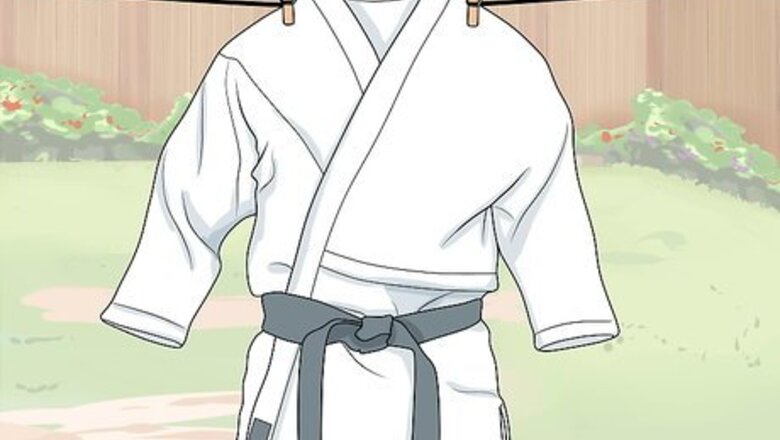
views
Getting Your Gi Ready for the Washer
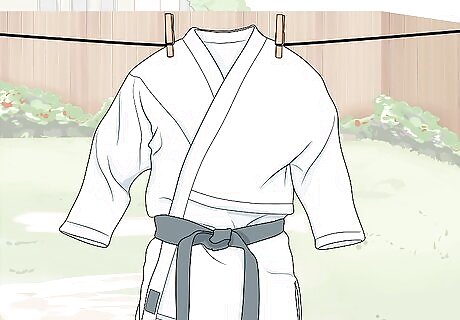
Air out your gi. If you cannot wash your gi directly after using it, don’t leave it in your gym bag. The bag will trap in moisture and make odors harder to wash out later.
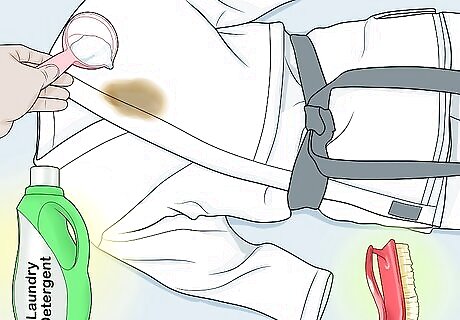
Pretreat any visible stains by applying a stain-remover right away. You can use laundry detergent or a commercial laundry stain remover. Look at the product label to make sure you’re using the right kind of stain remover for the type of stain you’re treating. Follow the stain remover instructions to figure out how much to use and how long to leave it on the stain. If the stain remains after the first pretreatment, try brushing more of the stain remover directly into the stain.

Turn your gi inside out before presoaking or washing. Washing inside-out will protect any sewn-on patches, decals, or stitching. It will also help prevent any colors on the gi from fading.
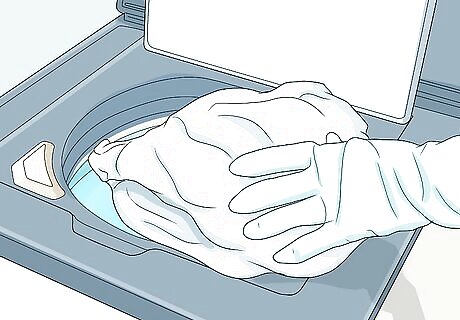
Presoak your gi to loosen stains. If you have particularly stubborn stains, you can try soaking them before running your gi through the regular wash cycle. The water temperature you use for presoaking depends on the type of stain. Generally, protein-based stains such as blood or water-based paint should be soaked in cold water. Dirt, mud, and grass stains tend to respond better to warm or hot water. Depending on the type of stain, you may choose to add a stain treatment such as non-chlorine bleach to the water before you place your gi in the water to soak. Check the label of the product to make sure you’ve got the right kind of stain fighter, and always follow the instructions on the product label. Your washing machine may have a “soak” cycle you can use for presoaking your gi. Many washers, especially front-loaders, don’t have a “soak” cycle. If your machine does not have a “soak” cycle, try letting the machine fill up with water and then stop the cycle temporarily. You can also use a large plastic bucket or even a bathtub to presoak your gi.
Running Your Gi through the Wash Cycle

Select the cold water setting on your washing machine. Hot or warm water could cause your gi to shrink. If there is no cold water setting on your washer, choose the coolest water temperature available. The jacket of your gi may have a stiff collar with rubber inside. Hot water might cause the rubber inside the collar to become misshapen.
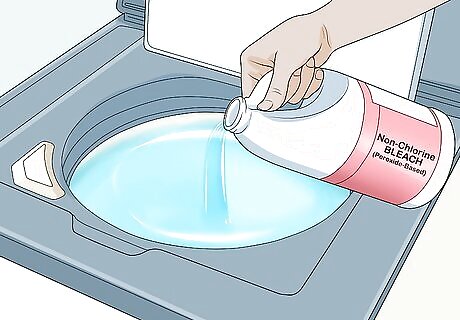
Add any odor-neutralizing agents to the water. If odor is a problem, you can try adding a mild odor neutralizer, such as non-chlorine bleach (peroxide-based), white distilled vinegar, or baking soda (sodium bicarbonate) to the bleach dispenser in your washing machine. Even if your gi is white, chlorine bleach can remove color from any embroidered patches on your uniform. If your white gi is a cotton-polyester blend, chlorine bleach may cause yellowing with repeated washings.
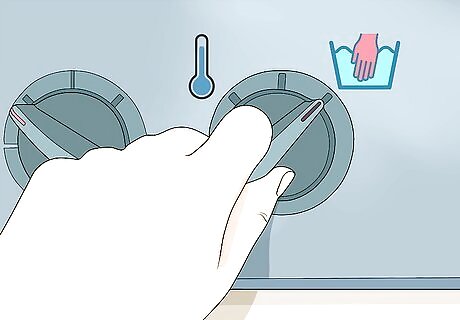
Cold wash your gi on a delicate or handwash cycle. Use a minimum amount of detergent. Using too much and not rinsing it out completely can encourage mold growth on the garment. Avoid fabric softener, which is added after the rinse cycle and can cause an undesirable residue to remain in the material of your gi. This residue can make clothing less absorbent and prevent it from wicking away moisture. It can also extend the drying time for your gi.
Air-Drying the Gi
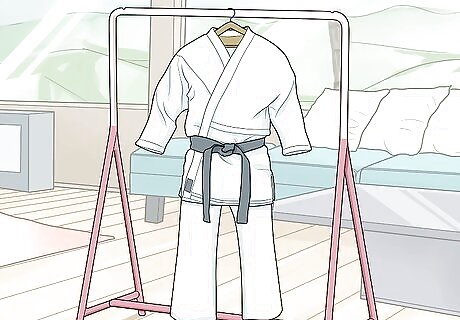
Hang the gi up to dry. Hang your gi on a clothes line or freestanding indoor drying rack, if possible. You could also use an airing cupboard (also called a “boiler cupboard” or “hot press”) or a drying cabinet. Avoid drying your clothes in a damp area. Although air-drying is gentler on your gi than tumble-drying, persistent dampness can encourage the growth of mildew on your gi. If you use a drying cabinet, select the lowest heat setting possible. Do not tumble-dry your gi. The tumble action of a mechanical dryer will wear out the fabric of your gi more quickly than air-drying. Tumble-drying can also make the fabric more prone to tearing.
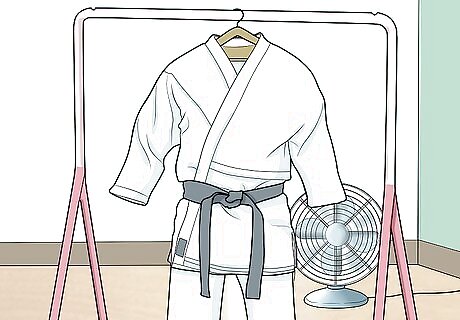
Use a small electric fan or a dehumidifier to speed up the air-drying process without adding damaging heat. The fan will keep the air circulating, which will get dry air moving around your damp gi and help to evaporate the moisture from the garment. A dehumidifier will pull moisture out of the gi and the air around it.
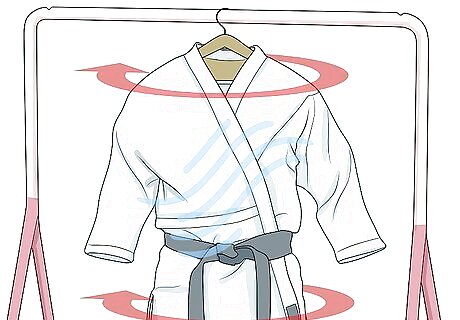
Check your gi periodically while it is air-drying. If part of it seems to be taking longer than the rest to dry, rotate it on the clothesline or drying rack (or in the airing cupboard or drying cabinet) so that the damp parts can get better air circulation.














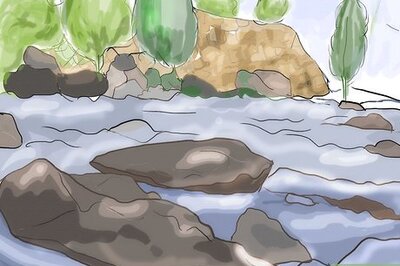
Comments
0 comment